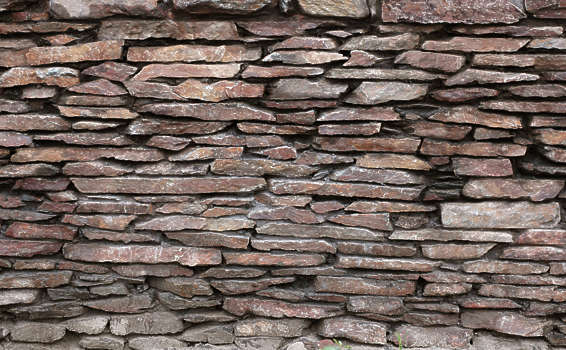In the realm of construction and woodworking, plywood has long been a staple material due to its versatility, strength, and cost-effectiveness. However, as sustainability becomes a paramount concern in the industry, many are asking: Is there an alternative to plywood? This article delves into various alternatives, examining their properties, applications, and environmental impacts, ultimately guiding you toward informed choices in your projects.
Understanding Plywood and Its Limitations
Plywood is manufactured by gluing together thin layers of wood veneer, which provides strength and stability. While it is widely used in furniture, cabinetry, and structural applications, plywood has its drawbacks. The production process often involves the use of adhesives that may contain harmful chemicals, and the sourcing of wood can contribute to deforestation and habitat loss. Additionally, plywood can be susceptible to moisture damage and warping over time.
Sustainable Alternatives to Plywood
- Oriented Strand Board (OSB)
Oriented Strand Board (OSB) is an engineered wood product made from strands of wood that are bonded together with adhesives. OSB is known for its strength and durability, making it a popular choice for sheathing, flooring, and furniture. One of its key advantages is that it can be produced from fast-growing tree species, which can help mitigate the environmental impact associated with traditional plywood production.
- Medium Density Fiberboard (MDF)
MDF is created by breaking down hardwood or softwood residuals into wood fibers, which are then combined with wax and resin to form panels. While MDF offers a smooth surface ideal for painting and veneering, it is important to note that the adhesives used can sometimes contain formaldehyde. However, many manufacturers now offer low-formaldehyde or formaldehyde-free options, making MDF a more sustainable choice.
- Bamboo Plywood
Bamboo is a rapidly renewable resource that has gained popularity as an alternative to traditional wood products. Bamboo plywood is made from strips of bamboo that are laminated together, resulting in a strong and lightweight material. Its unique aesthetic and sustainability credentials make it an attractive option for furniture and interior design applications.
- Reclaimed Wood
Using reclaimed wood is an excellent way to reduce waste and promote sustainability. This material is sourced from old buildings, furniture, and other structures, giving it a unique character and history. Reclaimed wood can be used in various applications, from flooring to cabinetry, and its environmental benefits are significant, as it reduces the demand for new timber.
- Hempboard
Hempboard is an innovative alternative made from hemp fibers, which are bound together using eco-friendly adhesives. Hemp is a fast-growing crop that requires minimal pesticides and water, making it a sustainable choice. Hempboard is lightweight, strong, and resistant to moisture, making it suitable for a variety of applications, including furniture and construction.
- Particle Board
Particle board is made from wood chips, sawmill shavings, and sawdust that are bonded together with adhesives. While it is often considered a lower-quality alternative, advancements in manufacturing have improved its strength and durability. Particle board can be a cost-effective option for furniture and cabinetry, especially when sourced from recycled materials.
Evaluating the Best Alternative for Your Needs
When considering alternatives to plywood, it is essential to evaluate the specific requirements of your project. Factors such as strength, moisture resistance, aesthetic appeal, and environmental impact should all be taken into account. Additionally, consider the availability and cost of these materials in your region.
Conclusion: Making Informed Choices
As the construction industry continues to evolve, the demand for sustainable materials is on the rise. While plywood has served as a reliable choice for decades, numerous alternatives offer comparable performance with reduced environmental impact. By exploring options such as OSB, MDF, bamboo plywood, reclaimed wood, hempboard, and particle board, you can make informed decisions that align with your values and project needs.

